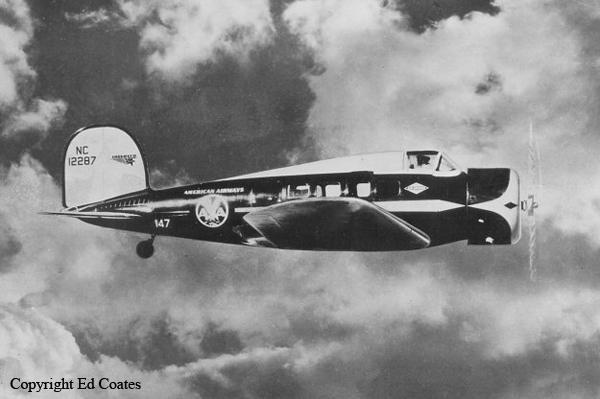Crash of a Douglas C-47-DL in Sweetwater: 25 killed
Date & Time:
Apr 20, 1945 at 0640 LT
Registration:
41-18451
Survivors:
No
Schedule:
Midland – Nashville
MSN:
4513
YOM:
1942
Crew on board:
3
Crew fatalities:
Pax on board:
22
Pax fatalities:
Other fatalities:
Total fatalities:
25
Circumstances:
Enroute, the crew encountered poor weather conditions with thunderstorm activity and turbulence. While cruising at an estimated altitude of 5,000 feet, the twin engine aircraft went out of control, dove into the ground and crashed in a field located 4 miles south of Sweetwater. All 25 occupants were killed.
Crew:
2nd Lt Richard Britton Arnold,
1st Lt James A. Bailey,
1st Lt David L. Bennell,
Sgt Robert H. Blaess,
Cpl Daniel B. Boone,
Pfc Grady O. Boyd,
Pfc Kenneth W. Carlson,
Cpl Vincent R. DiSterano,
Sgt William T. Downey,
Sgt William H. Edwards,
1st Lt Leonard K. Epperly,
Pvt Robert L. Fuller,
Sgt Robert C. Goodenough,
Pfc William A. Green,
Cpl D. E. Jennelle,
1st Lt Samuel Kamrass,
Pfc James D. McLaughlin,
1st Lt Chester W. Mrozek,
1st Lt Frank A. Prete,
Cpt John R. Rawls,
1st Lt Joseph A. Scieszka,
Cpl Myron V. Testement,
1st Lt James H. Wallace Jr.,
Cpl Virgil E. Walston,
1st Lt Robert L. West.
Crew:
2nd Lt Richard Britton Arnold,
1st Lt James A. Bailey,
1st Lt David L. Bennell,
Sgt Robert H. Blaess,
Cpl Daniel B. Boone,
Pfc Grady O. Boyd,
Pfc Kenneth W. Carlson,
Cpl Vincent R. DiSterano,
Sgt William T. Downey,
Sgt William H. Edwards,
1st Lt Leonard K. Epperly,
Pvt Robert L. Fuller,
Sgt Robert C. Goodenough,
Pfc William A. Green,
Cpl D. E. Jennelle,
1st Lt Samuel Kamrass,
Pfc James D. McLaughlin,
1st Lt Chester W. Mrozek,
1st Lt Frank A. Prete,
Cpt John R. Rawls,
1st Lt Joseph A. Scieszka,
Cpl Myron V. Testement,
1st Lt James H. Wallace Jr.,
Cpl Virgil E. Walston,
1st Lt Robert L. West.
Probable cause:
It appears that severe turbulence caused the elevators and stabilizers to fail in flight. In such condition, the aircraft was unflyable.




